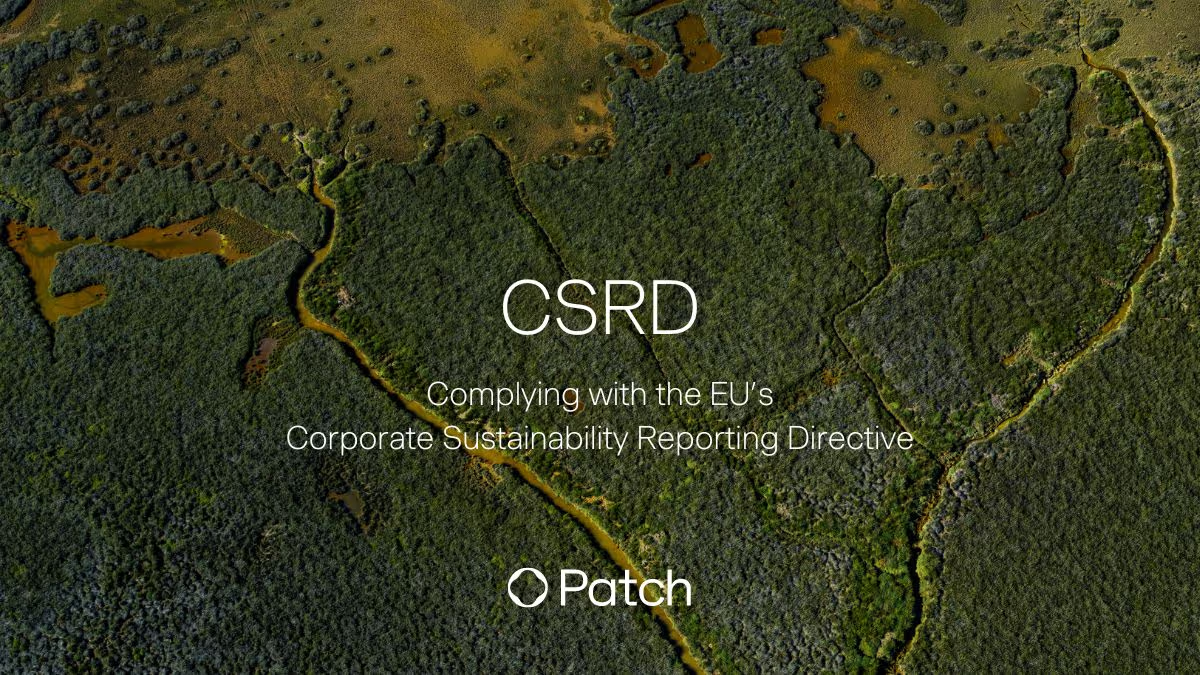The world got a wake-up call today: the path to avoiding 1.5°C has been essentially shut without immediate and deep emissions reductions. In fact, there’s a 40-60% chance we could exceed 1.5°C by 2030 based on current projections.
The latest science on climate change summarized today in the new IPCC AR6 Synthesis report confirms that global surface temperatures continue to increase at a pace incompatible with a sustainable future, leading to significant impacts for people, animals, and the healthy functioning of our planet. I connected with Dr. Oliver Geden, Senior Fellow at the German Institute for International and Security Affairs (SWP), and a member of the core writing team for the report, to understand the ramifications of the science and offer my analysis as well.
Here are the top takeaways you need to know:
- We’re making progress, but not quickly enough to limit global warming. Global surface temperature has increased faster since 1970 than in any other 50-year period over at least the last 2000 years, and there’s now a 40-60% chance we could exceed 1.5°C by 2030 based on current projections.
- Net negative emissions via carbon dioxide removal (CDR) at a large scale are essential to get back to 1.5°C by 2100. We need to do more to scale these technologies while continuing to immediately and rapidly reduce emissions across sectors.
- Every tenth of a degree matters. We can’t allow this news to break our resolve — every one of us should be even more galvanized to action. There’s more than enough global capital to rapidly reduce greenhouse gas emissions. This is an all-hands-on-deck moment for humanity.
I’ll be hosting a webinar with Dr. Geden, along with Hanna Ojanen, Head of Public Policy at Carbo Culture, to discuss these findings and what comes next for carbon removal on April 4. Click here to register to attend.
What is the IPCC AR6 Synthesis Report?
The AR6 Synthesis Report is a report published by the United Nations Intergovernmental Panel on Climate Change (IPCC), with contributions from experts around the world. It provides the most comprehensive and up-to-date assessment of the current state of climate change and its impacts, as well as policy-relevant information for decision-makers and the public.
Typically, IPCC Synthesis Reports are published approximately every seven years, with the last one coming out in 2014. In the case of AR6, the COVID-19 pandemic affected the production of the report, causing delays and challenges in organizing meetings and coordinating the work of the authors and contributors, and ultimately delaying the release of this report to 2023.
We’re making progress, but not quickly enough to limit severe impacts of climate change
In our conversation, Dr. Geden noted that “For any given future warming level, many climate-related risks are higher than assessed in the last IPCC Synthesis Report (2014), and projected long-term impacts are up to multiple times higher than currently observed.”
The global surface temperature has risen faster since 1970 than during any other 50-year period in the last two millennia. We’ve seen the results of this already, with widespread and sometimes severe changes occurring in the atmosphere, ocean, cryosphere, and biosphere.
Many of the world’s governments have enacted policies to reduce the damage from these changes to our climate, but it won’t be enough. Our current trajectory has made it likely that warming will pass 1.5°C this century — making it much more difficult to limit the most severe impacts of climate change. We have to change that trajectory immediately. Without deep and rapid cuts to global emissions, we’re projected to hit 3.2°C by 2100, and there’s a 40-60% chance we’ll exceed 1.5°C by 2030.
We’ll need CO2 removal at scale to get back to 1.5°C by 2100
All is not lost. We do have a pathway back to 1.5°C, but it’s going to take CDR at scale. This report confirms that achieving net zero emissions will be necessary to limit human-caused global warming. But it also confirms that warming can be gradually reversed by deploying and sustaining net negative CO2 emissions.
According to Dr. Geden, “Crossing the 1.5°C threshold is now almost inevitable, and can be expected for the 2030s, even under very ambitious climate policies. To get back to 1.5°C before 2100, we need to reach net negative CO2 emissions on a very large scale.” In fact, “more than 120 governments have set net-zero targets, so they implicitly said ‘yes’ to CDR already.”
This underscores the need for a both/and approach to tackling climate change. In addition to the immediate and deep emissions cuts that are required across sectors, we need to be investing now in developing and scaling critical CDR technologies to help us limit the impact of overshoot and rebalance the planet’s thermometer.
The most vulnerable among us will be hit hard — and every tenth of a degree matters
The consequences of climate change have already been grave, but they haven’t been felt evenly around the world. The report confirms that won’t change: the most vulnerable people and wildlife will continue to be hit hard. 3 billion people live in situations that scientists describe as highly vulnerable to climate change. Plants and animals have been going extinct, with hundreds of local losses of species. Mass mortality events have been recorded both on land and in the ocean.
As Dr. Geden pointed out to me, “Losses and damages are part of our future, hitting the most vulnerable ecosystems and people especially hard, but the actions we take now will make a difference. Every tenth of a degree matters”
Some may feel despondent with the findings of this report, but every tenth of a degree really does matter and will make a difference in the future livability of our planet for billions of people and will help preserve critical biodiversity. Scientists are underscoring to us the urgency of taking more ambitious action and showing that if we act now, it is still possible to secure a livable future.
The four steps we must take now
On the carbon removal front, as Dr. Geden points out, upscaling the deployment of CDR depends on developing effective approaches to address feasibility and sustainability constraints — especially at large scales. There are four actions we need to take to make that upscaling possible:
- We need to accelerate R&D, improve tools for risk assessment and management, and develop agreed methods for measurement, reporting, and verification of carbon flows.
- We need international carbon markets guidance bodies like VCMI, ICVCM and SBTi to provide clear and aligned guidance to market actors on issues of integrity, quality and ambition.
- We need to see additional leadership from governments around the world to support these measures, target public funds towards incentives to help scale CDR technologies, and lead by example by procuring carbon removal.
- We need businesses to level up their ambition and contribute a portion of their climate action dollars to scaling carbon removal now, not years from now.
No more excuses. It’s time for action
Despite more than 30 years of warnings from the IPCC, we have collectively failed to reverse the trend of rising emissions. This report is a final wake-up call for ambitious action from governments and businesses around the world to direct capital and policies towards deep and immediate emissions cuts and scale carbon dioxide removal solutions.
We have the capital, we have the science, we have the solutions. We know what we need to do. The time for excuses is over — our future depends on it.
Sign up for our April 4 webinar on AR6.






